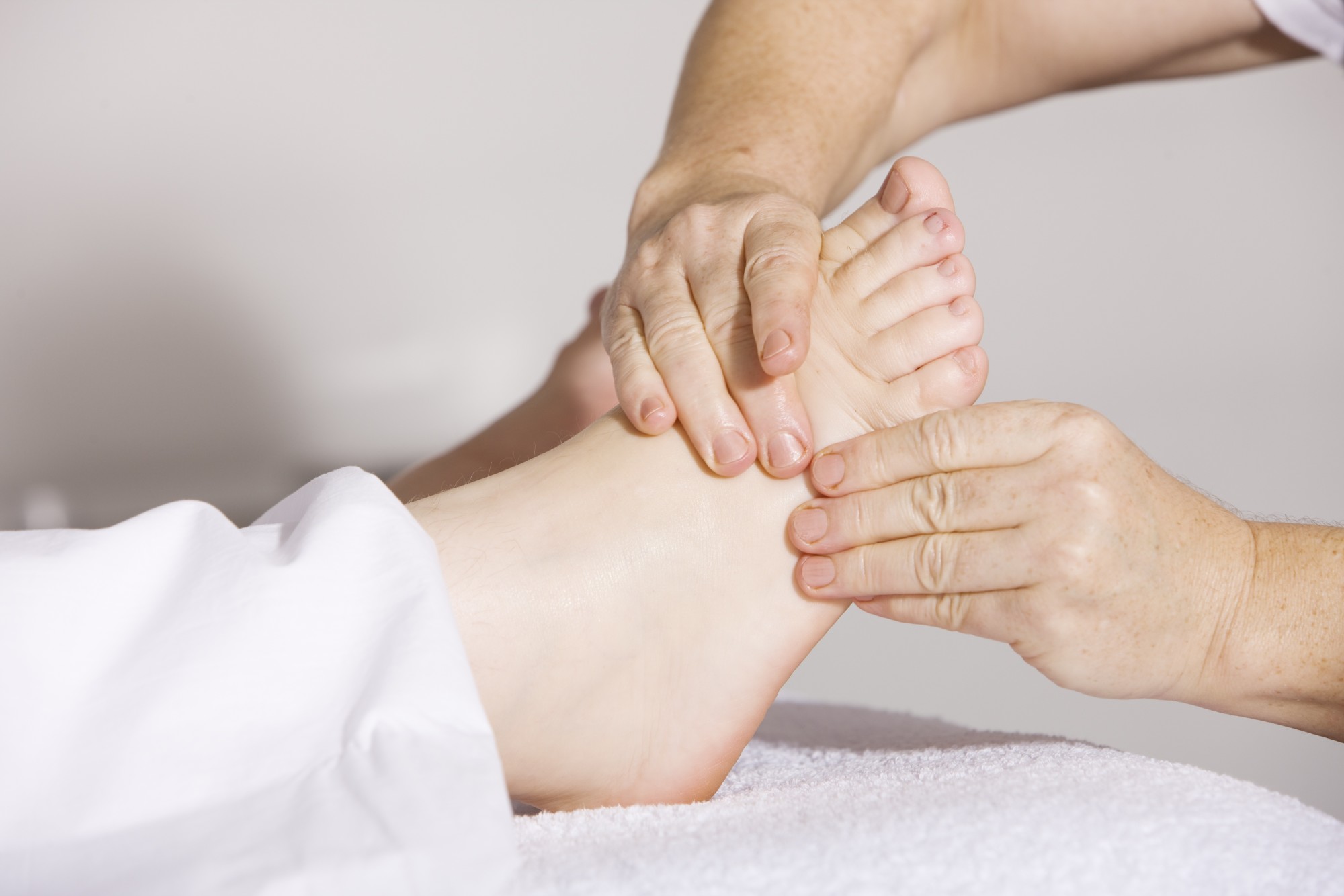Despite the multitude of studies that prove its effectiveness, medically-assisted treatment (MAT) often faces demonization. Many still believe that MAT patients will just switch to abusing the drugs used to treat them.
Believing this myth prevents substance abusers from seeking and having access to this treatment. If they don’t, they may not recover from their addiction.
Therefore, it’s important for the public to become well-educated about the truth of MAT. If you want to save a life in the future, including your own, read on.
1. Medically-Assisted Treatment (MAT) Drugs Reduce Feelings of Opioid Euphoria
Opioid substances like fentanyl cause the human body to produce endorphins or ‘feel-good chemicals’. As a result, a user will feel a lot less pain and far more pleasure.
The same doesn’t happen with the prescribed drugs used for opioid treatment. Instead, they can have the exact opposite effect. For example, Naltrexone, a drug commonly used to treat opioid use, can reduce the high a user gets from opioids.
2. MAT Drugs Don’t Cause Addiction
Users of opioids often like the good feelings the drugs give them so much that they want more. As a result, they’ll become addicted.
This is an especially dangerous position to be in because of tolerance. This is where a body becomes used to the effects of a drug and feels less of a high. As a result, a user will take more and more until they possibly overdose.
Buprenorphine, a drug often used in opioid drug treatment, does not cause this same addictive state. While it does produce a similar euphoria, it’s lesser than a heroin one.
3. MAT Happens in Observed Conditions
Medical professionals who have received MAT training are not the same as drug dealers. The latter sell drugs and leave the buyer to their own whims. The former will examine their patients and adjust treatment as needed.
Regular visits should help drug treatment specialists prevent any dangers before they occur. In severe cases, residential services can keep patients even safer.
4. MAT Can Get Paired With Other Treatments
Patients who use a treatment that involves drugs for addiction don’t have to use it alone. They can often pair it with psychotherapy, group therapy, and so on. Doing this may help them recover from substance abuse more successfully.
5. MAT Is Covered By Most Insurances
Most health insurances should cover some, if not all, of the cost of MAT. A 2008 act made it illegal for insurers to not provide the same coverage for substance abuse as other treatment. However, subjects seeking treatment should check with their insurers to be certain.
If You Found This Article Useful, Read Our Others
If you still don’t feel certain about the safety of medically-assisted treatment, consider doing your own research. Get plenty of information from quality sources. Once you feel certain of the safety of MAT, be sure to enroll in a program yourself or help others get into one, if necessary.
Did you find this article useful? If so, check out the hundreds of others we have on our site. With so many topics, you’re sure to find something for you.










